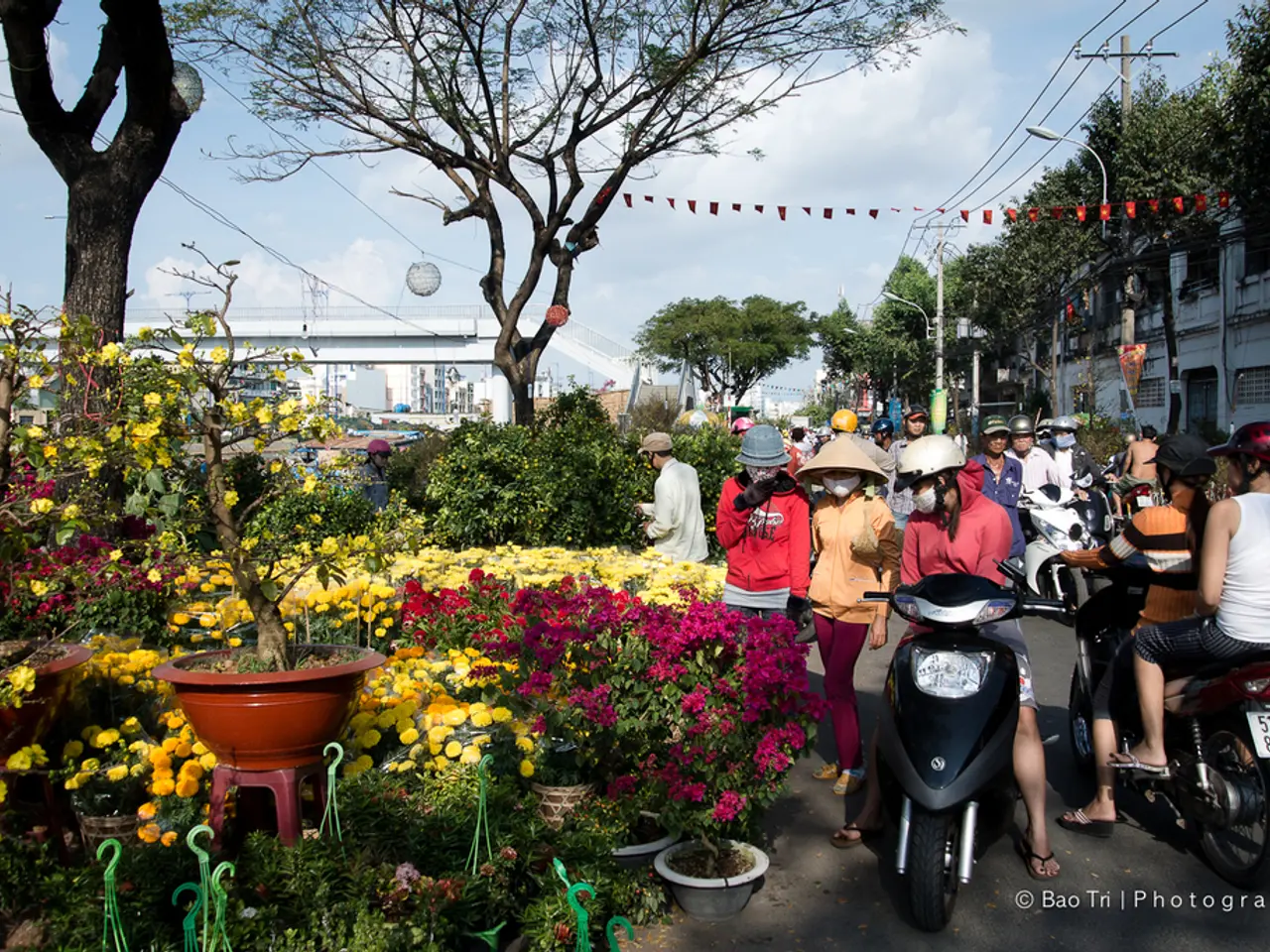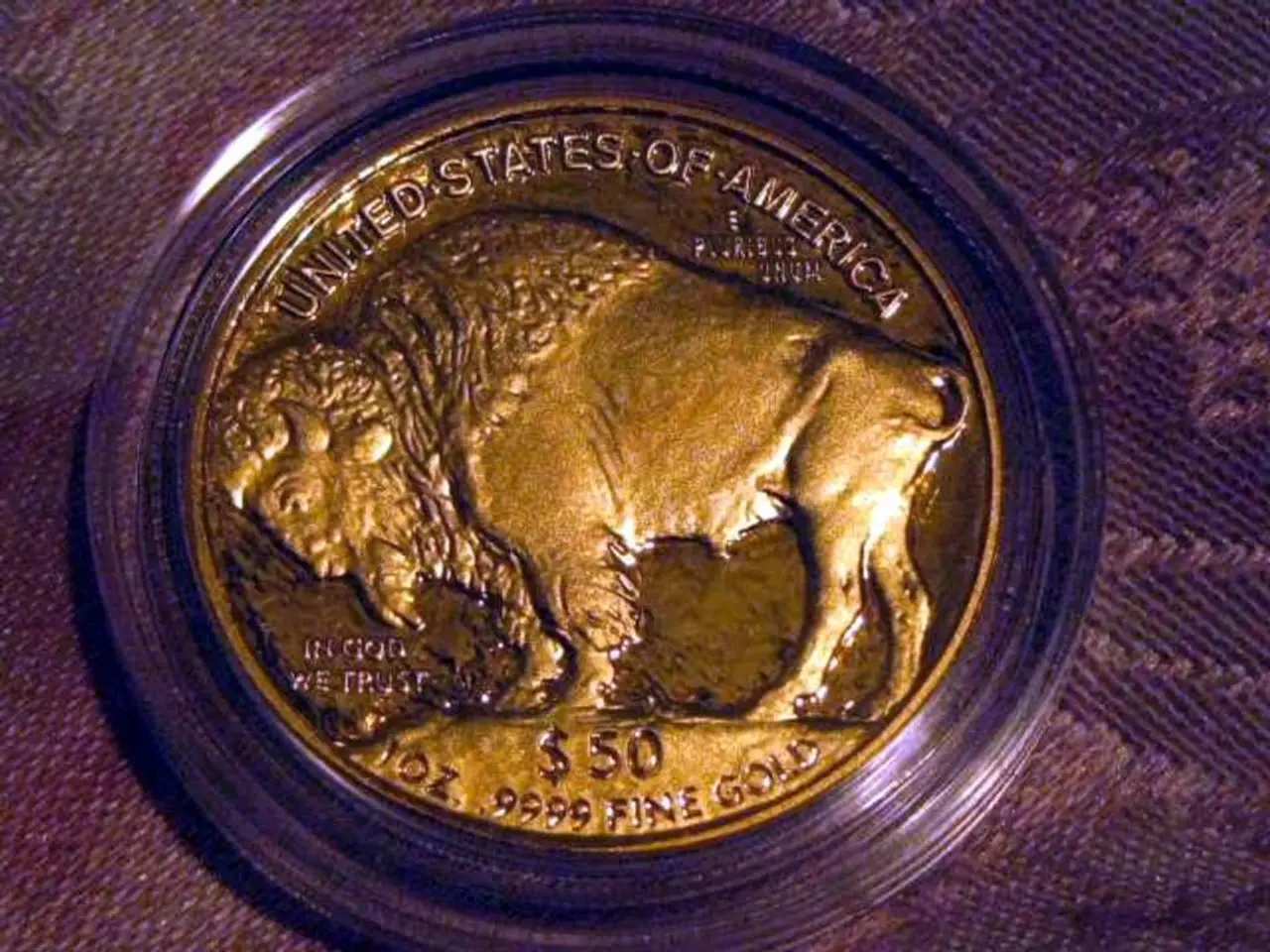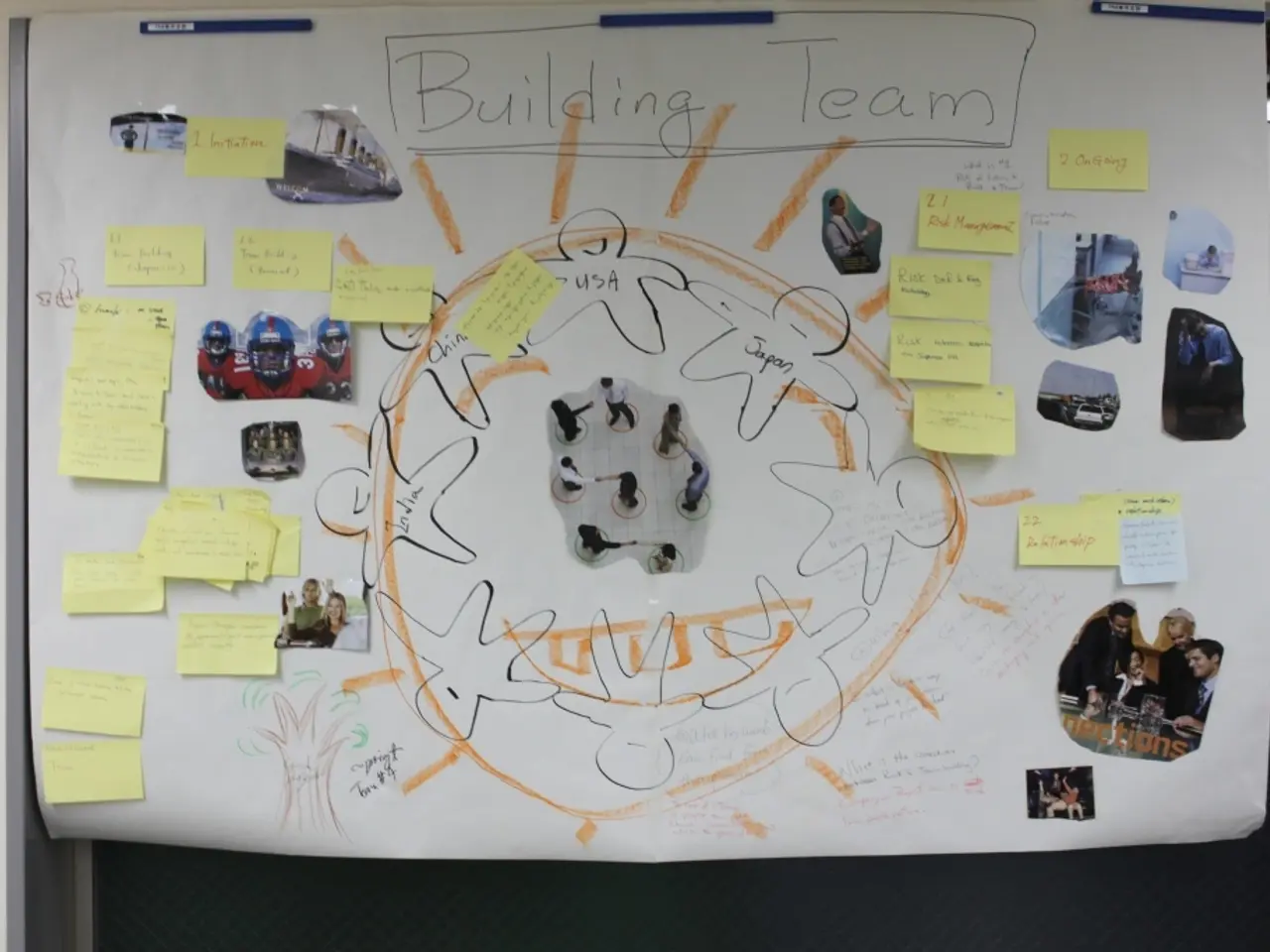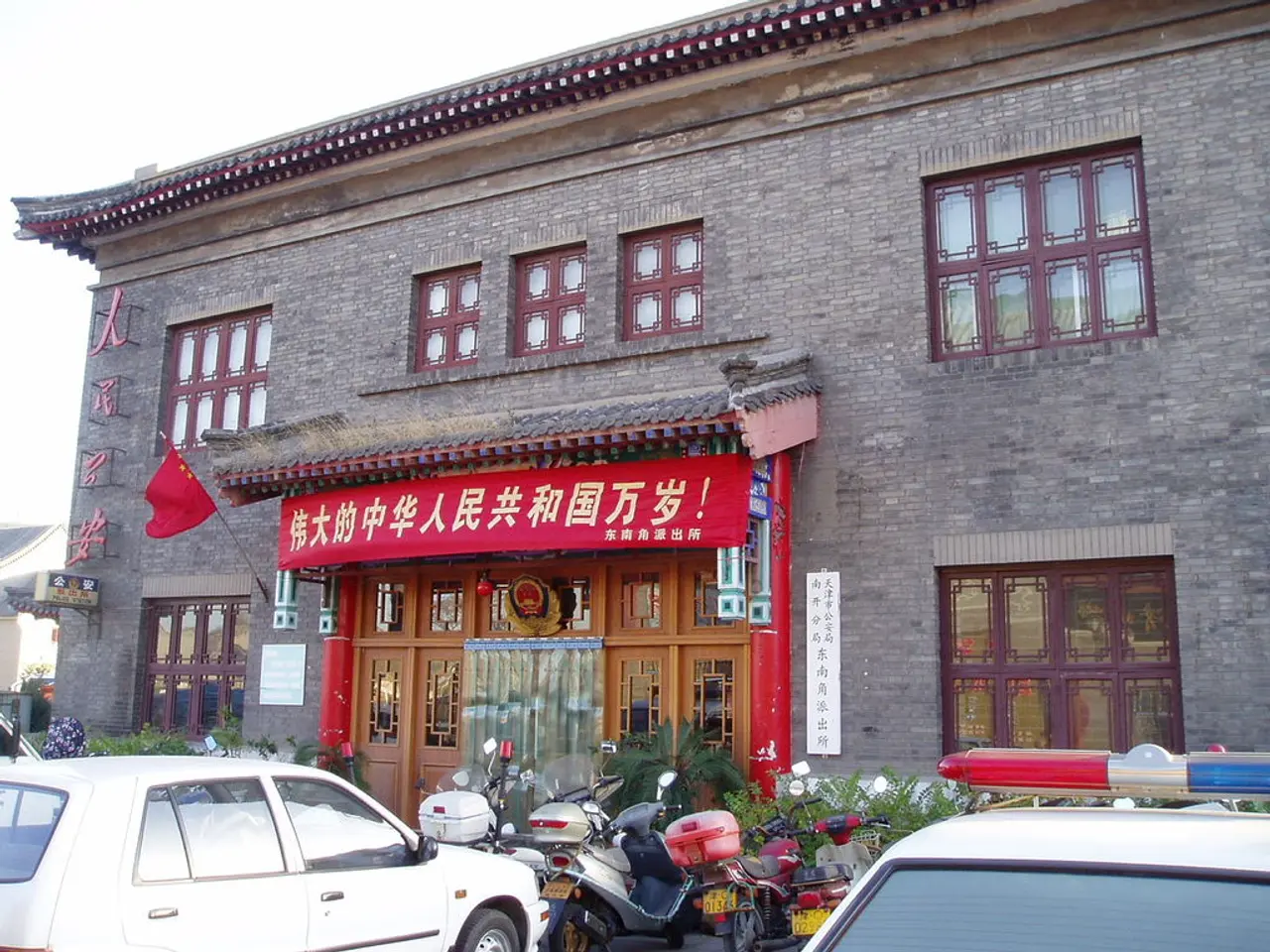Disappeared colossal volcano potentially altering human civilization's timeline
The Toba supereruption, which occurred around 74,000–75,000 years ago in present-day Indonesia, is a significant event in human history. Often referred to as the Toba catastrophe theory, this event is believed to have had devastating global effects, causing a severe volcanic winter and potentially pushing early Homo sapiens to the brink of extinction.
The Toba supervolcano erupted with such force that it released approximately 2,800 cubic kilometers of volcanic material, creating a crater roughly 100 kilometers long and 30 kilometers wide. The eruption released massive amounts of volcanic ash and aerosols into the atmosphere, leading to significant climatic cooling and prolonged atmospheric smog. This "volcanic winter" would have caused widespread ecological disruptions, including sharp reductions in food availability for humans and other species.
Genetic studies support the idea of a bottleneck occurring during this period by showing reduced genetic diversity in modern humans, which some researchers attribute to the aftermath of Toba's eruption. However, the exact severity and impact of the event remain subject to debate, with some scientists questioning whether the eruption's effects were enough to cause a near-extinction event or whether early humans had already adapted strategies to survive such catastrophes.
Evidence from sites in South Africa shows bursts of symbolic behavior and technological advancement dating to around the time of the eruption. Ochre processing, engraved tools, and more refined hunting techniques suggest a cognitive shift possibly accelerated by the pressure to adapt. Archaeological evidence in India's Jurreru Valley shows that early human populations survived the eruption and continued to make and use stone tools in the immediate aftermath.
The ash from Toba has been found as far away as southern Africa and the Indian Ocean, providing physical evidence of the eruption's global impact. Each core from Lake Toba reveals how the planet changed in the days, months, and years after the eruption. Scientists have been drilling into the bottom of Lake Toba to study the layers of ash and sediment.
The environmental shock triggered by the Toba eruption may have accelerated human innovation. As our ancestors were forced to adapt, move, and survive, they may have developed new strategies and technologies to cope with the harsh conditions. Toba wasn't the first supervolcano, and it won't be the last. Yellowstone in the United States, Taupō in New Zealand, and Campi Flegrei in Italy are all closely watched by geologists.
In conclusion, the Toba catastrophe theory describes a major volcanic event that may have nearly wiped out human populations through climate-induced bottlenecks, significantly shaping human genetic history and evolution. However, the degree of its lethality and impact continues to be evaluated by ongoing research. The Toba eruption serves as a reminder of the powerful forces shaping our planet and the resilience of early humans in the face of adversity.
Technology might have been instrumental in helping early humans adapt and survive during the Toba catastrophe, as archaeological evidence suggests a shift towards more refined hunting techniques and symbolic behavior.
The impact of the Toba eruption on climate change could shed light on how natural disasters influence environmental-science phenomena, providing us with valuable insights for understanding and mitigating future catastrophes.
As we continue to study the aftermath of the Toba supereruption, advancements in technology, such as drilling equipment, allow us to investigate deeper layers of history and gain a more comprehensive understanding of this important event in human and scientific history.




